
|
|
|
|
|
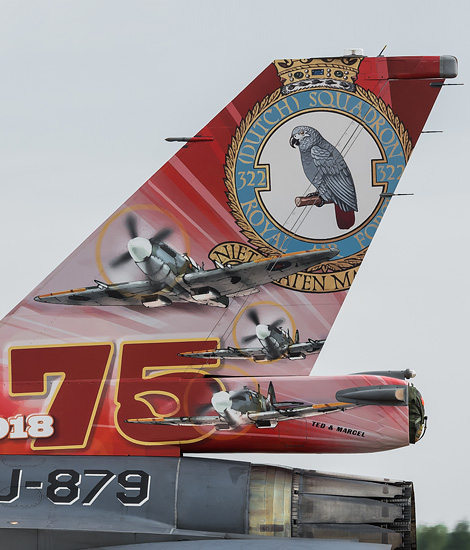
|
The RAF: A Flexible Organization; RAF Fairford, July 15 & 16, 2018
RAF 100th Anniversary, part 4; Text and Photograph's by Alex van Noye
After the fall of the Berlin Wall, much would change in Europe and therefore also for the RAF. European countries that were considered hostile became now European allies. The power balance of the Cold War period was gone. A new era would dawn for the European countries and the war against terror would start.
A new era was about to start where the RAF deployment would increasingly focus on small-scale flexible deployment of fighter planes. Since the fall of the Soviet Union, the hotspots in the world have become increasingly local and have taken place more and more far away from home. The RAF had to adapt to this changing world. During the run-up to the Gulf War, RAF fighter planes were stationed in Saudi Arabia and Kuwait. On January 17, 1991, the main air campaign began and more than 100 RAF fighters took part in virtually every imaginable role. This deployment marked an important turning point in the history of the RAF, because it was the first time that the service had used precision-guided ammunition in significant quantities. In the years after the end of the Gulf War, the RAF was involved in operations to maintain the no-fly zones above Iraq. Aircraft from the RAF Service also participated in the Bombing of Iraq in 1998. Partly in parallel with the war in Iraq was the deployment in the former Yugoslavia. In 1993, RAF Tornado delivered F3s and AWACS aircraft to Operation Deny Flight. This NATO operation was used to limit flight movements over Bosnia and Herzegovina. The operation lasted until the end of 1995. During the Kosovo War in 1999, the RAF fought with other aircraft over Europe for the first time since the Second World War. During the bombing of Yugoslavia, the RAF used the Harrier GR7 and Tornado GR4 to attack targets on the ground. A series of support aircraft was also deployed during this conflict to assist the coalition.
The British contribution to the invasion of Afghanistan took place under the code name Operation Veritas. At the beginning of the war in Afghanistan, the RAF provided support to the United States by deploying tankers and reconnaissance aircraft. The British Chinook helicopters have delivered transport capacity to coalition forces during the battle. At the end of 2004, as part of Operation Herrick, RAF Harriers were stationed at Kandahar Airfield in Afghanistan. These fighter planes would operate
|
|
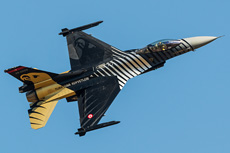
|
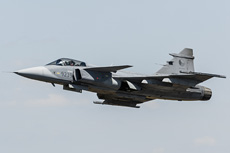
|
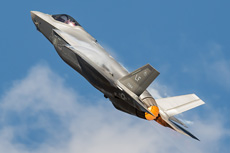
|
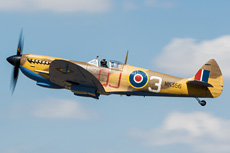
|
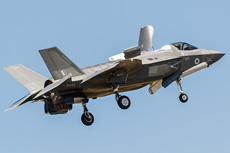
|
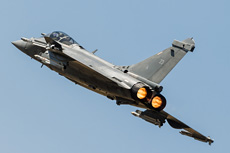
|
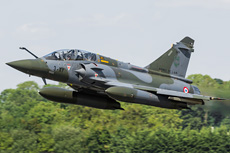
|
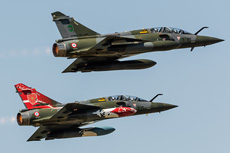
|
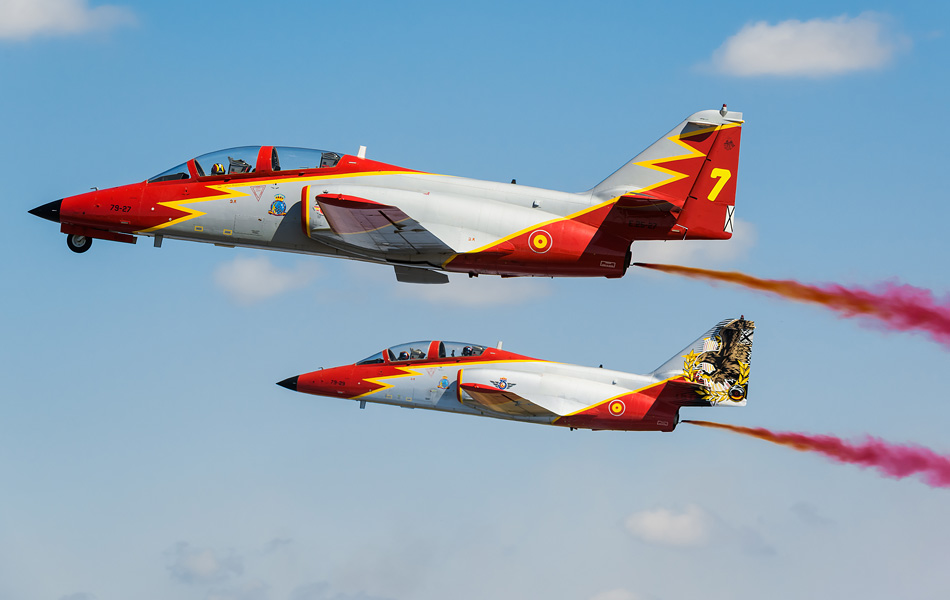
|
there in the supporting role against the Taliban in close cooperation with the ground troops. The Harriers were replaced by an equivalent fleet of Tornado GR4s in the spring of 2009. During the second invasion of Iraq in 2003, there was a large RAF deployment with attack planes based in the Persian Gulf. The RAF ensured that the Americans had enough airfields allowing American B-52 bombers to attack Iraq almost every night. The only RAF losses came from a friendly fire incident when a RAF Tornado was shot down by an American patriot missile where both the pilot and the Weapons Systems Operator were killed by the missile. The defense installation mistakenly recognized the Tornado as a MiG. A Hercules was also shot down by a missile and the ten persons on board were killed just after takeoff. After the rapid occupation of southern Iraq by the British forces, the RAF was deployed at Basra.
In January 2013, the RAF participated in Operation Serval. This operation was led by France and was directed against Muslim militants in Mali. The British contribution was codenamed Operation Newcombe. C-17 Globemasters from No. 99 Squadron transported French armored vehicles from the French airbase Évreux to Bamako. A Sentinel R1 aircraft was also deployed for supervision support at the request of the French. The RAF started the Operation Turus in April 2014 in response to the Chibok schoolgirls who were kidnapped by Boko Haram in Nigeria. A source involved in the operation told the observer where the girls were. The RAF has been helping out, but efforts were refused by the Nigerian government. The RAF followed a part of the group with observation planes from the air. As of March 4, 2017, 195 of the 276 kidnapped girls are still missing. The RAF participated in the military intervention against the Islamic State in Iraq and the Levant. The British participation took place under the code name Operation Shader. There was flown from airfields in Cyprus. From here, several ISIL targets were destroyed and humanitarian aid was delivered in Iraq in 2014. The aircraft from Cyprus are also used to fly patrols over Syria. In 2011, the RAF played an important role during the NATO intervention in Libya. The British participation was codenamed Operation Ellamy. The RAF contribution to the deployment consisted of the deployment of Typhoons, Tornado GR4s, Sentry AEW1 AWACS aircraft and a Nimrod R1 intelligence plane.
In 2004, four RAF Panavia Tornado F3s were stationed in the Baltic States for three months to make the British contribution to the NATO-led Baltic Air Policing missions. In September 2016, it was reported that four RAF Typhoons from No. 2 Squadron were deployed to South Korea to participate in the exercise Invincible Shield. It was the first time that South Korea organized a major air exercise with a different air force than the United States. The exercise goal was to improve interoperability between the RAF, the Korean Air Force and the USAF. The partnership between the UK and the Republic of Korea in the field of security and defense was also increased. In October 2016, it was reported that the Typhoons were also deployed in Japan as part of Invincible Shield. Here the unit participated in their very first joint exercise with the Japanese air defense units. South Korea and the USAF also took part in these exercises. The Japanese Ministry of Defense indicated that the purpose of this exercise was to improve the tactical skills of air defense units from Japan and to strengthen defense cooperation between Japan and the UK. It was quite clear that the exercises were set up to jointly act on important targets in North Korea. This would mainly be directed against military facilities connected with the leader of the regime, Kim Jong-Un. The exercise in Japan was also known as Exercise Guardian North 16 and ended in early November 2016. The RAF is still an important partner of many countries around the world today. The RAF is nowadays compact, modern and fast and flexible deployable in the world.
|
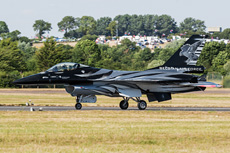
|
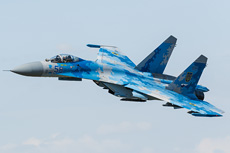
|
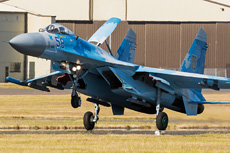
|
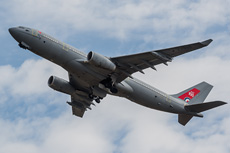
|
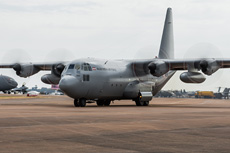
|
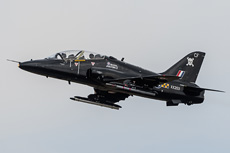
|
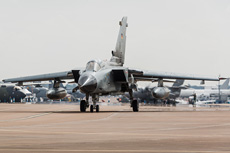
|
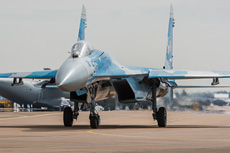
|
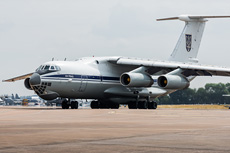
|
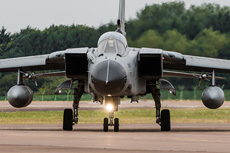
|
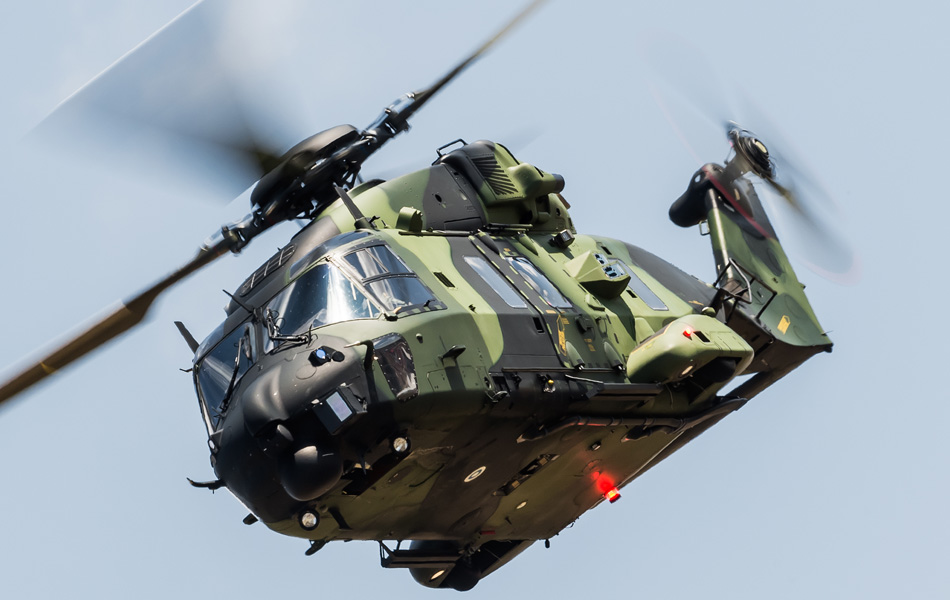
|
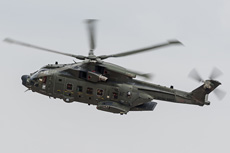
|
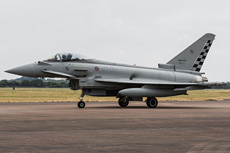
|
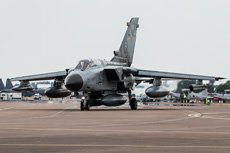
|
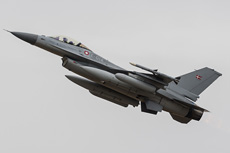
|
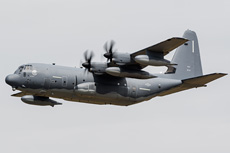
|
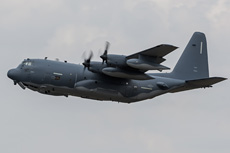
|
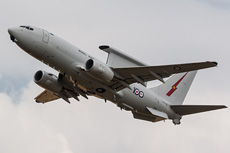
|
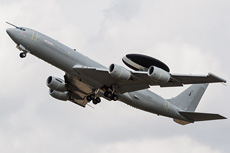
|
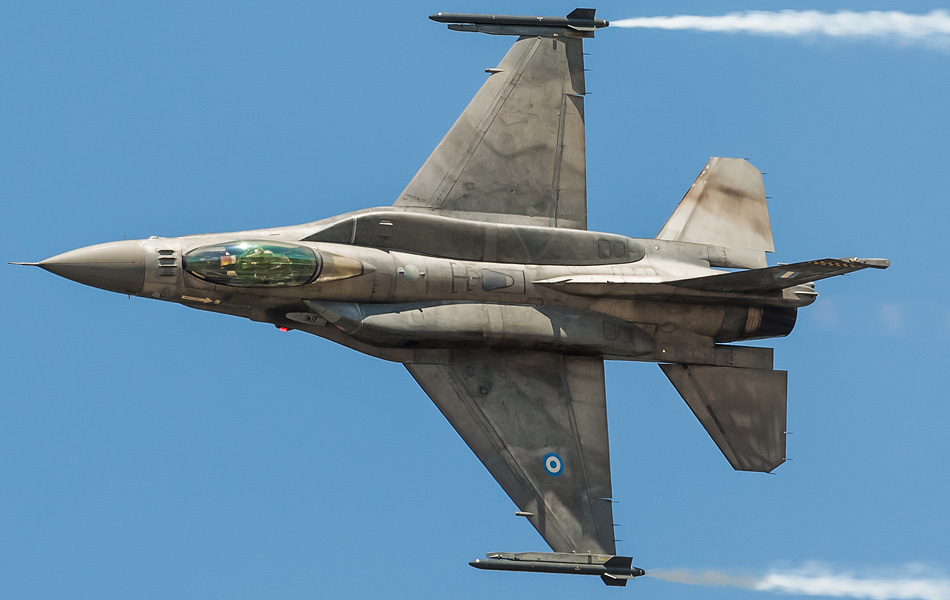
|
|
|

|







